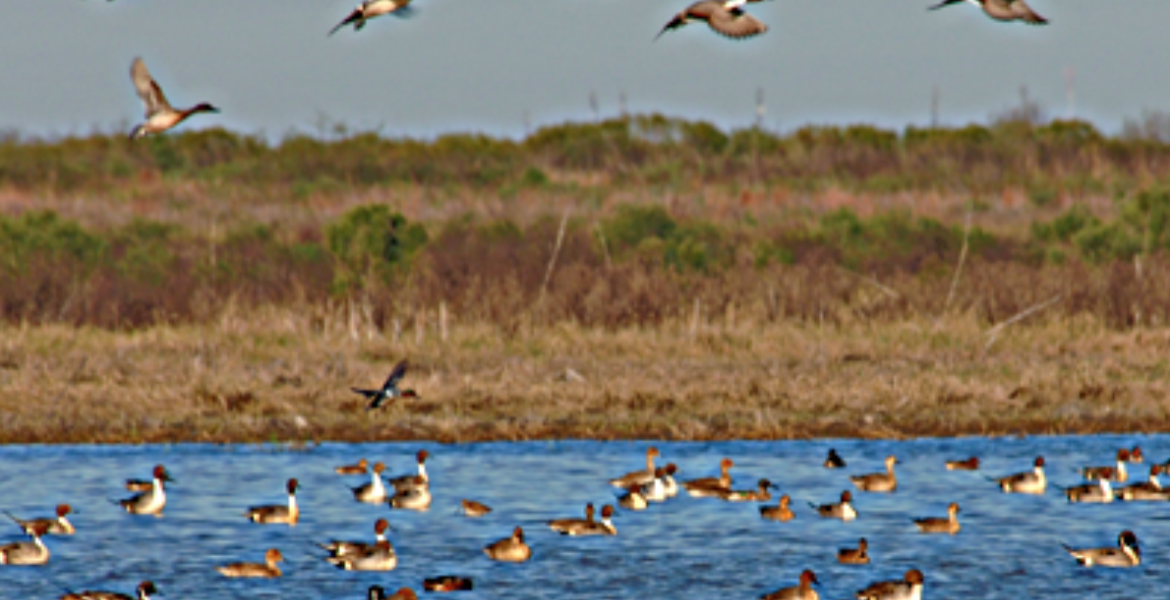AUSTIN – The Texas Parks and Wildlife Department and Texas Animal Health Commission received confirmation of seven new cases of chronic wasting disease (CWD) in three separate deer-breeding facilities in Zavala, Washington and Gonzales counties. These cases mark the first detection of the disease in each county.
Three cases in a Zavala County facility and one case in a Washington County facility were detected through antemortem (live animal) testing conducted prior to their transfer from the properties to registered release sites. Three cases in a Gonzales County facility were detected by antemortem and postmortem testing, as required by a CWD Herd Plan established after the facility received CWD-exposed deer from an Uvalde County deer breeding facility in which CWD was detected in 2021.
The samples were submitted to the Texas A&M Veterinary Medical Diagnostic Laboratory in College Station and were ultimately sent to the National Veterinary Services Laboratory in Ames, Iowa, where the presence of CWD was confirmed in all seven samples. Officials have taken immediate action to secure all deer at the facilities; TPWD and TAHC plan to continue working together to conduct additional investigations looking into the extent of the disease within the facilities.
“It continues to be imperative for producers to stay diligent with testing susceptible species for CWD,” said Dr. Andy Schwartz, TAHC executive director and state veterinarian. “With an incubation period that can span years, the first indication of this degenerative disease in a herd may likely come through testing, rather than observing clinical signs. Early detection and proactive monitoring improve the state’s response time and can greatly reduce the risk of further disease spread.”
Since November 2021, when the Texas Parks and Wildlife Commission adopted a requirement to antemortem test deer for CWD prior to liberation, this disease surveillance tool has detected CWD in five deer breeding facilities where it was not previously known to exist. Transferring even one CWD-infected deer from a breeding facility could ultimately affect all deer in the vicinity of the transfer, with irreversible impacts.
“With disease surveillance, our goal is to monitor and identify disease expeditiously to minimize the impact of outbreaks,” said Dr. Hunter Reed, TPWD wildlife veterinarian. “This is a continuous process that hopefully results in little to no disease being detected since [ideally] our disease management strategies are effective in limiting transmission. This additional surveillance from antemortem testing not only allows us to respond more quickly to an outbreak, but it also provides us with a robust, continuous testing baseline that can further elucidate the epidemiological uncertainties related to the origin of the disease outbreak, in addition to guiding future changes to our disease management strategy.”
In Hunt County, TPWD and TAHC received confirmation of CWD in a white-tailed doe harvested on a release site located adjacent to a breeding facility already known to have CWD. This is the first positive detection in a free-range deer in the county.
First recognized in the U.S. in 1967, CWD has since been documented in captive and/or free-ranging deer in 30 states and three Canadian provinces.
In Texas, the disease was first discovered in 2012 in free-ranging mule deer along a remote area of the Hueco Mountains near the Texas-New Mexico border and has since been detected in 471 captive or free-ranging cervids — including white-tailed deer, mule deer, red deer and elk — in 20 Texas counties. For more information on previous detections, visit TPWD’s CWD page.
CWD is a fatal neurological disease found in certain cervids, including deer, elk, moose and other members of the deer family. CWD is a slow and progressive disease. Due to a long incubation, cervids infected with CWD may not produce any visible signs for several years after becoming infected. As the disease progresses, animals with CWD show changes in behavior and appearance. Clinical signs may include progressive weight loss, stumbling or tremors with a lack of coordination, excessive thirst, salivation or urination, loss of appetite, teeth grinding, abnormal head posture and/or drooping ears.
To date there are no known cases where CWD has infected a human; however, recent research suggests that CWD transmission from infected animals to humans should not be ruled out. Consequently, as a precaution, it is recommended that hunters test harvested cervid species for CWD, and that no one consumes the meat of infected animals.
Subscribe to the LIVE! Daily
Required






Post a comment to this article here: